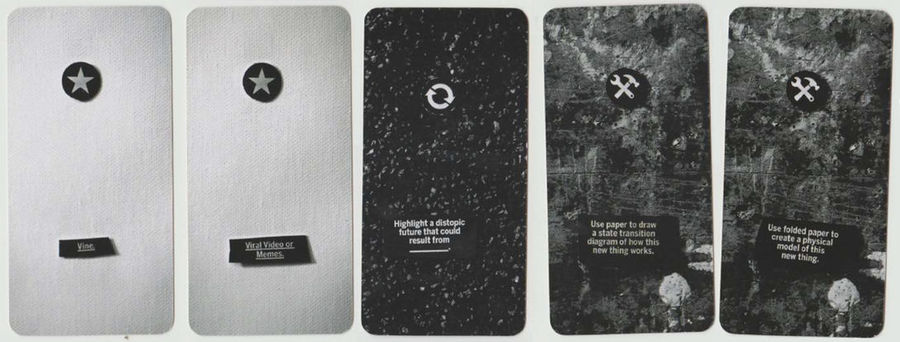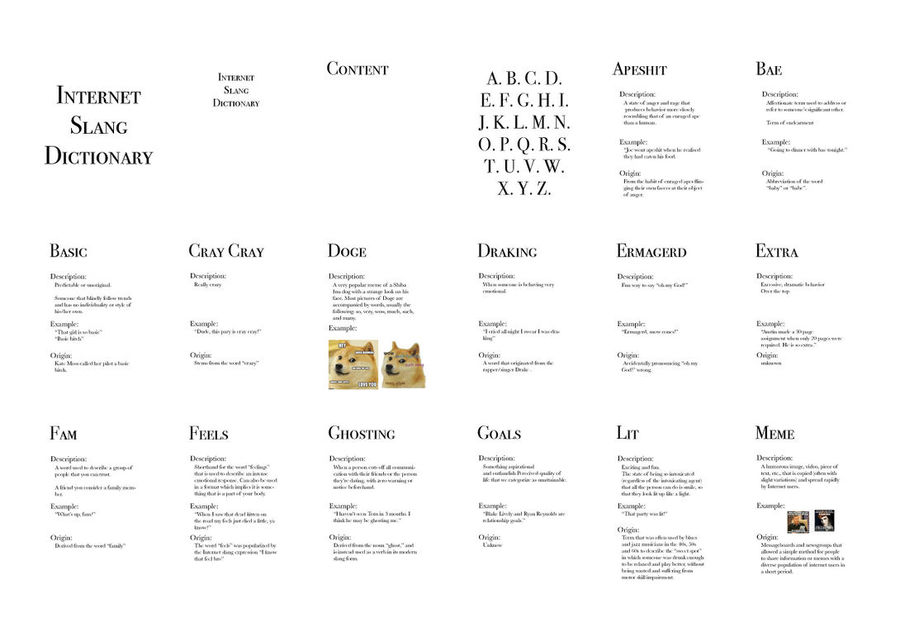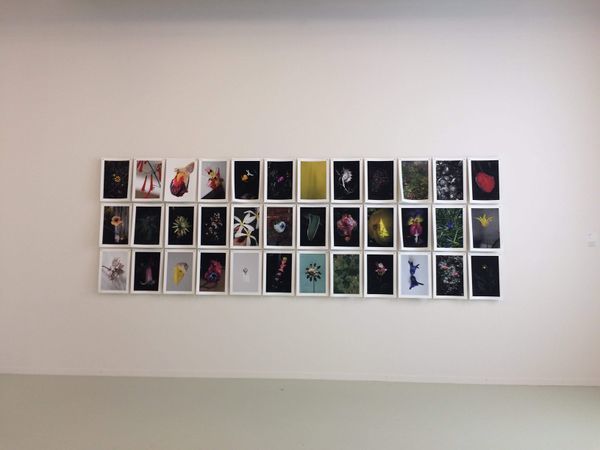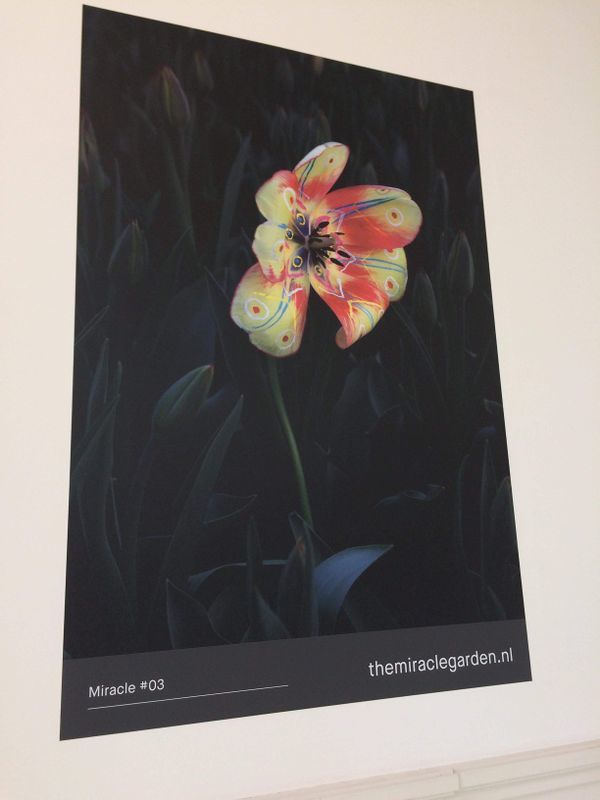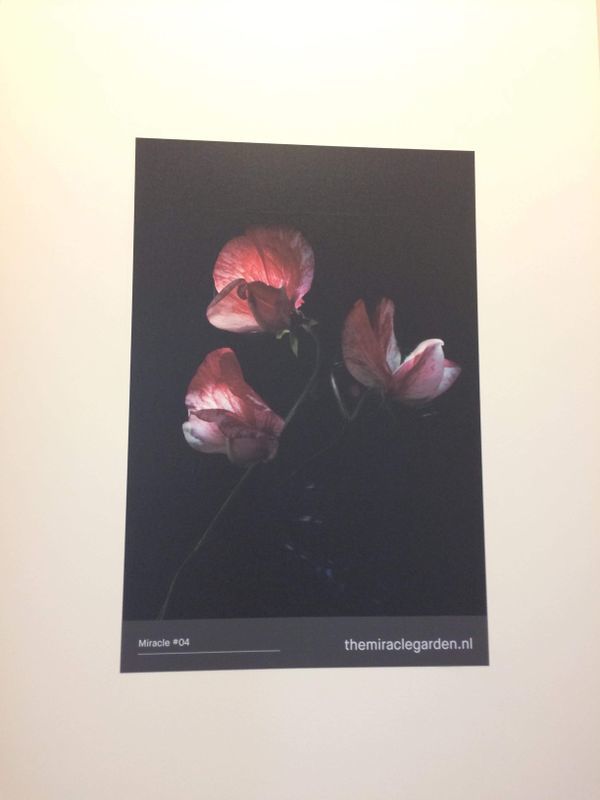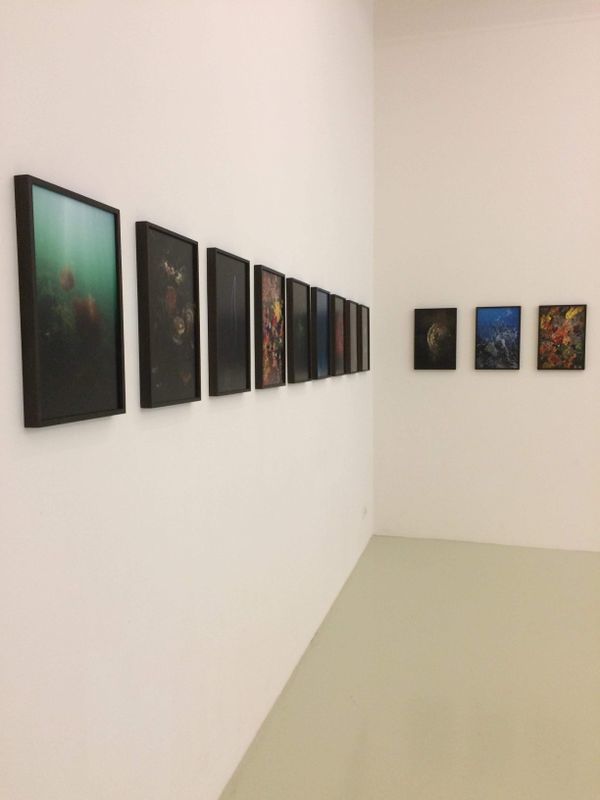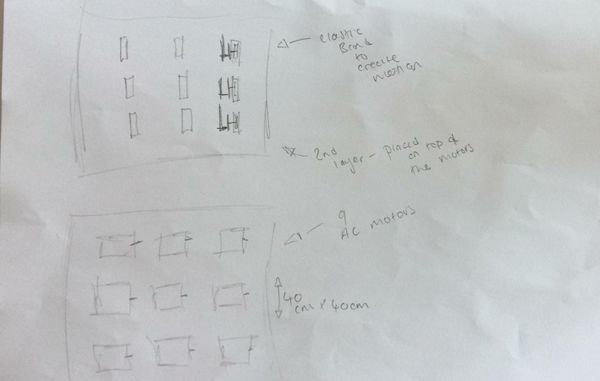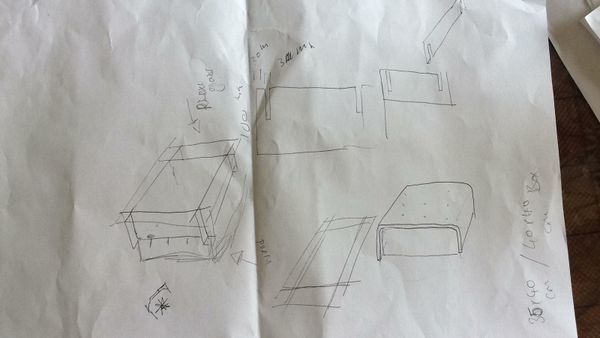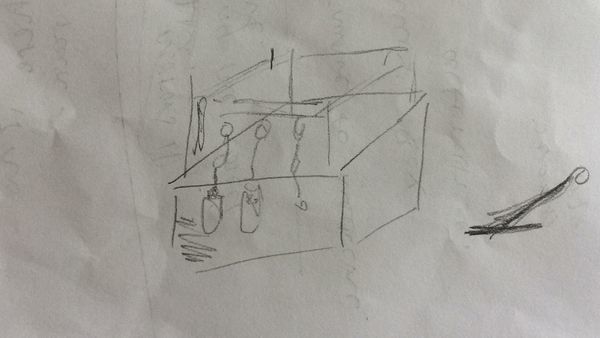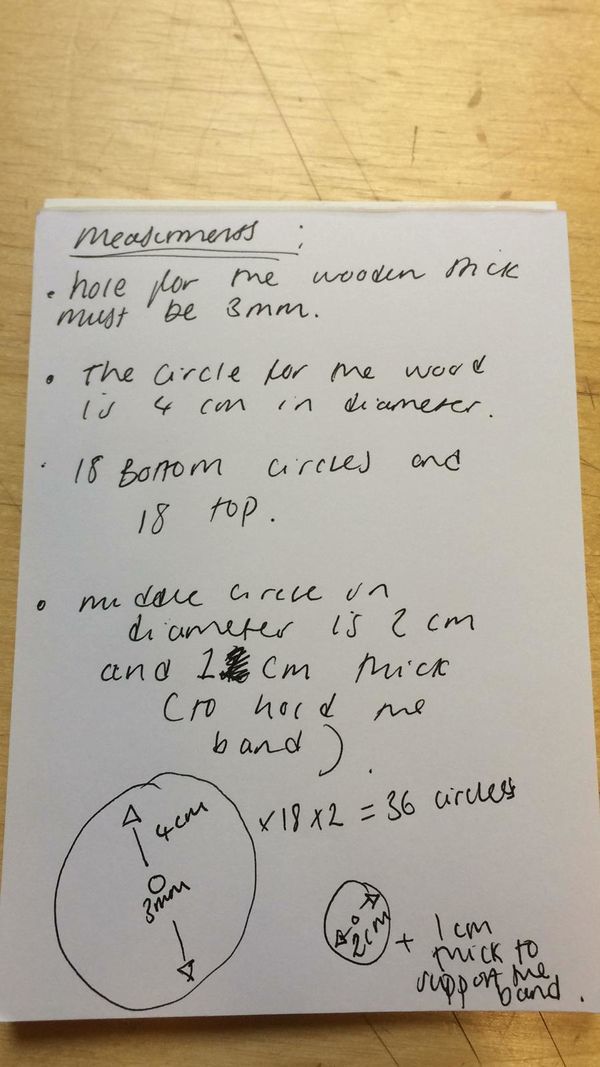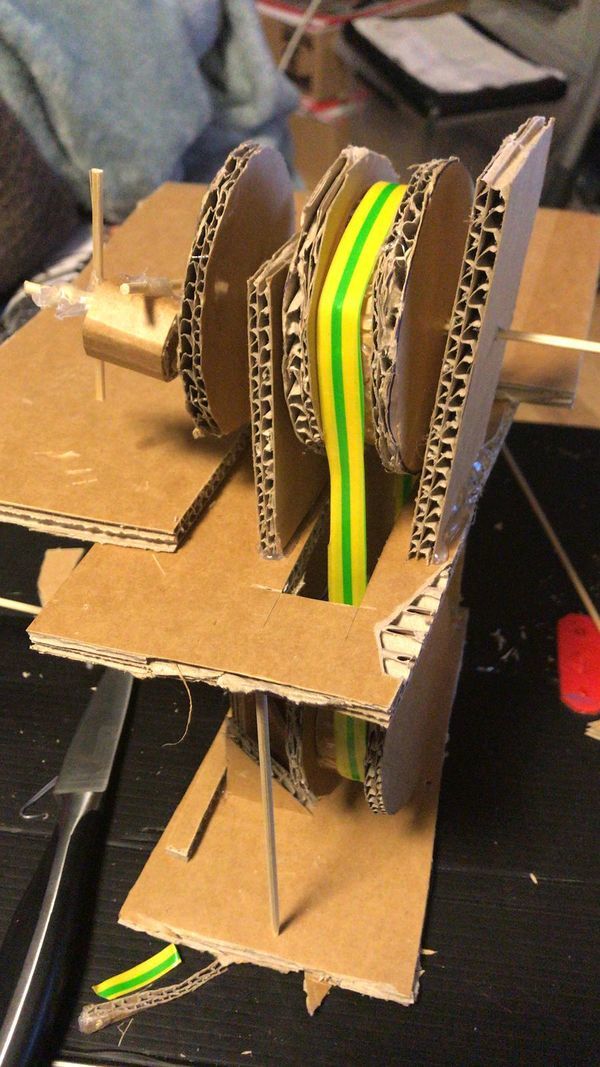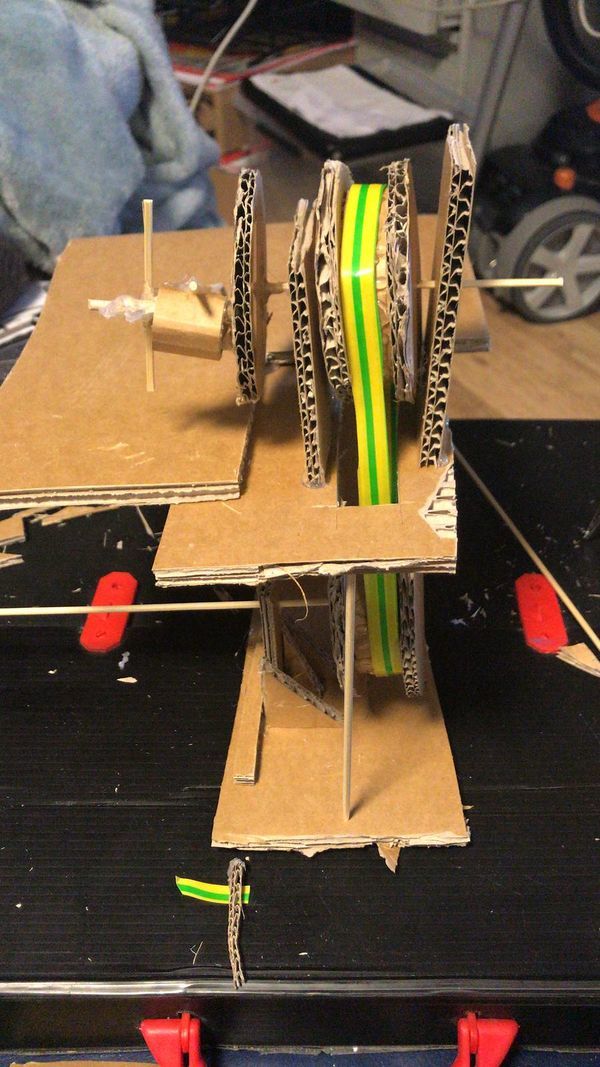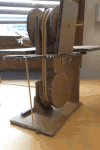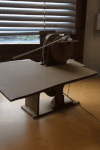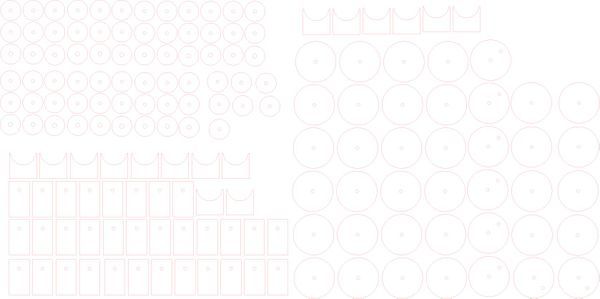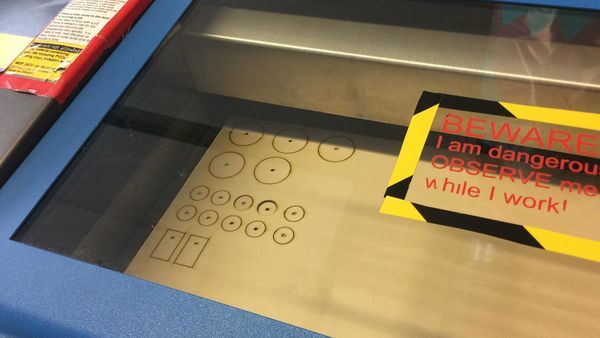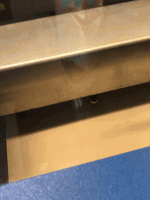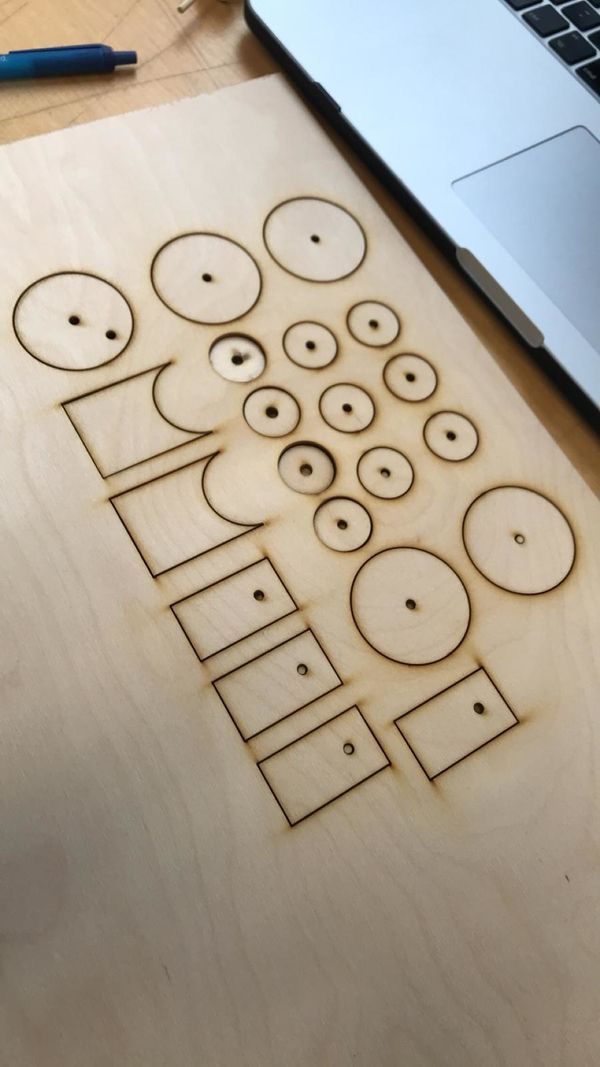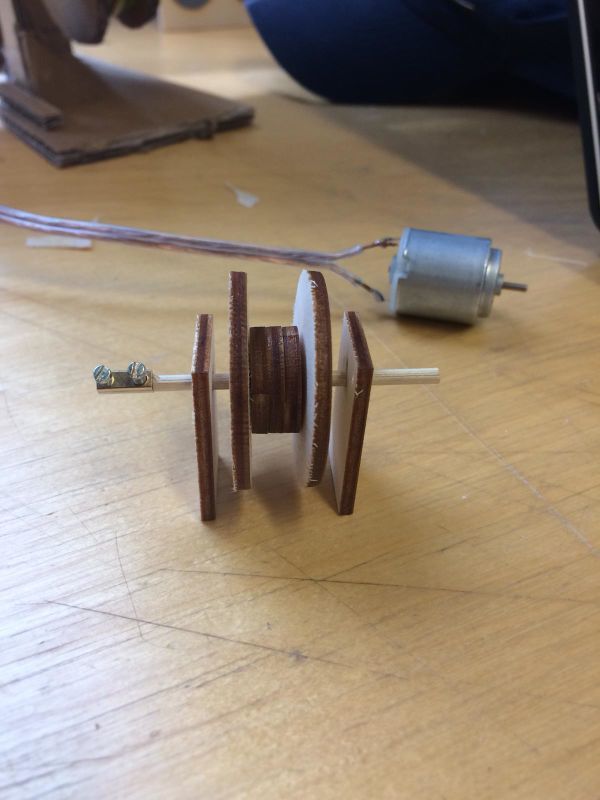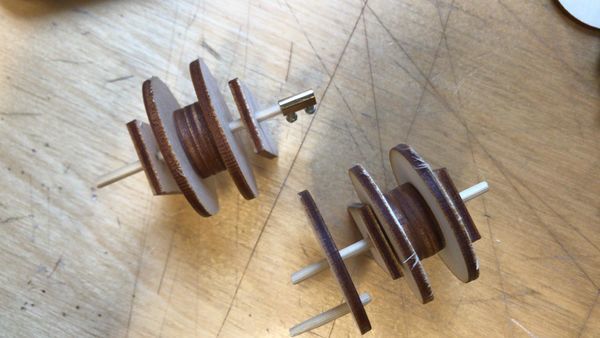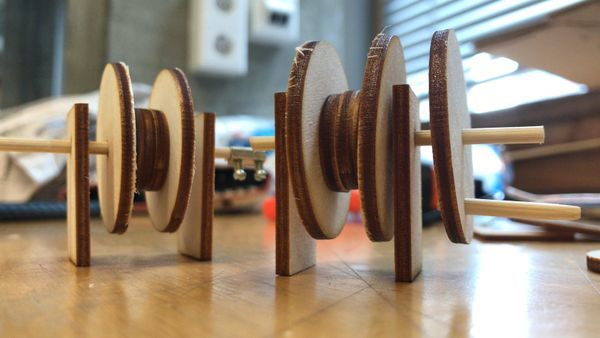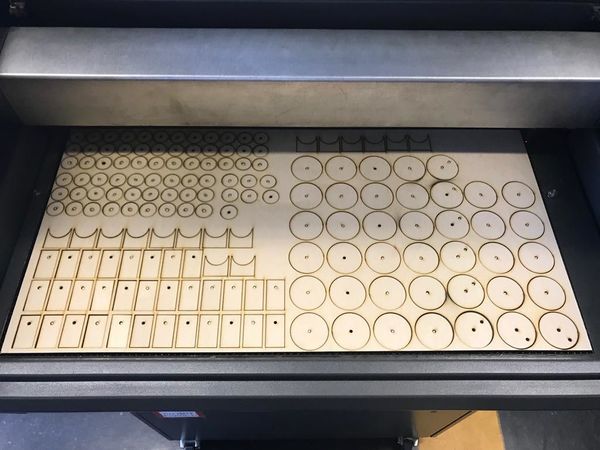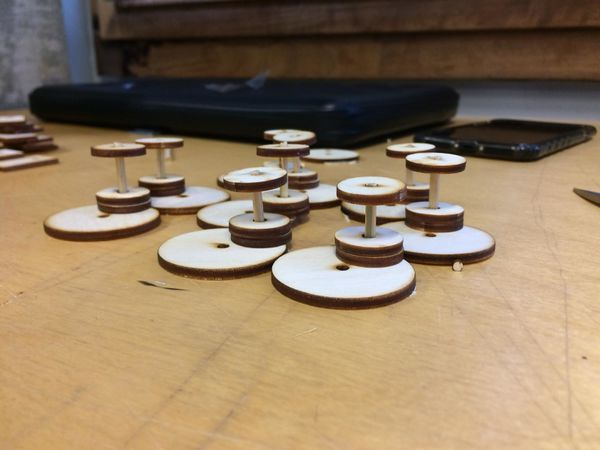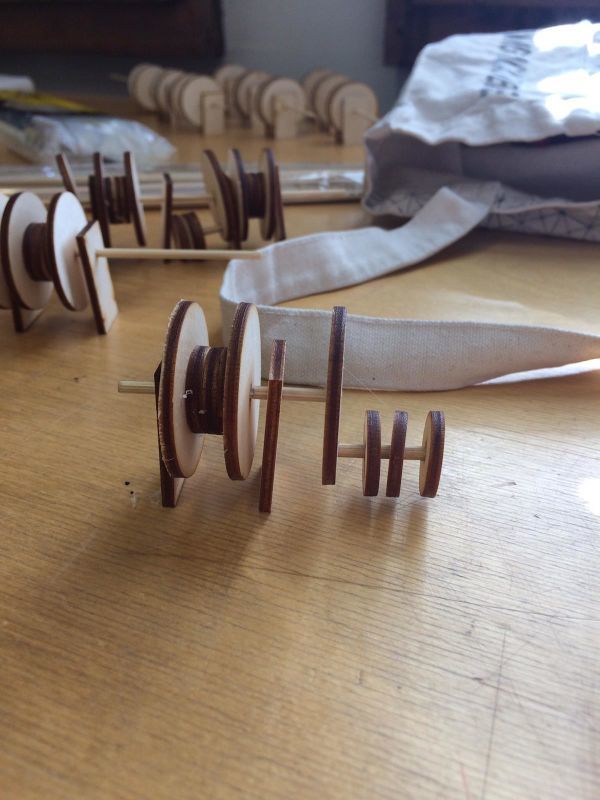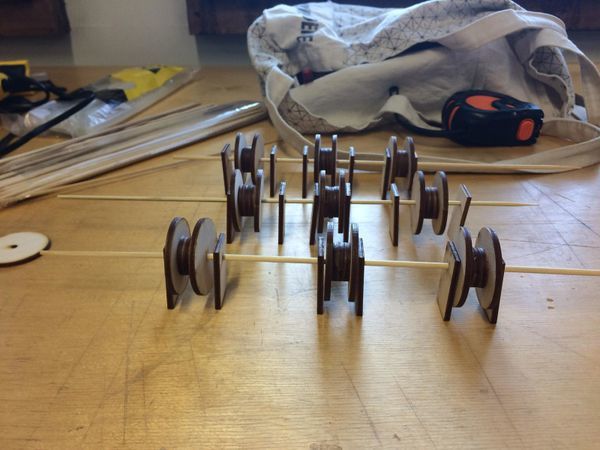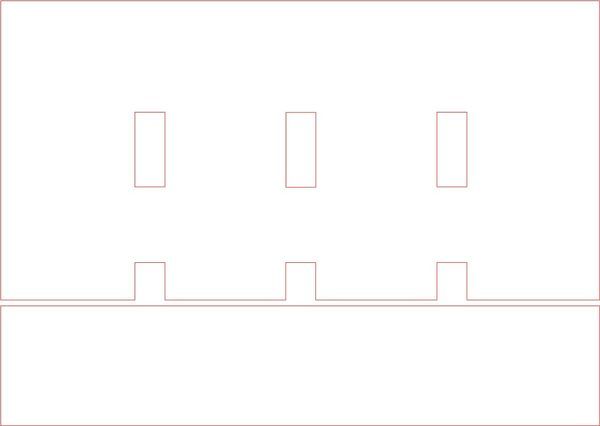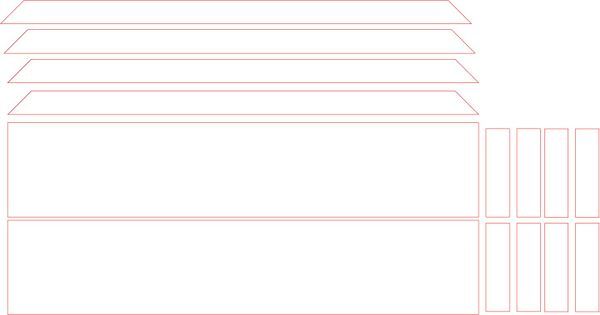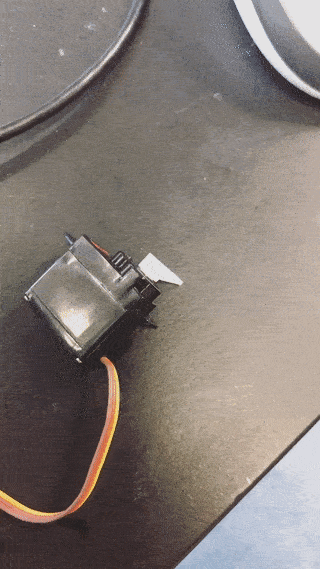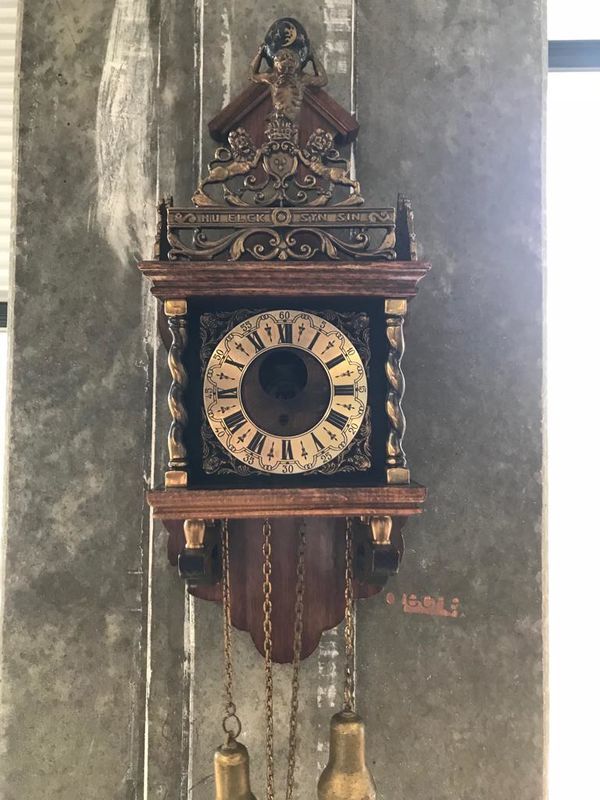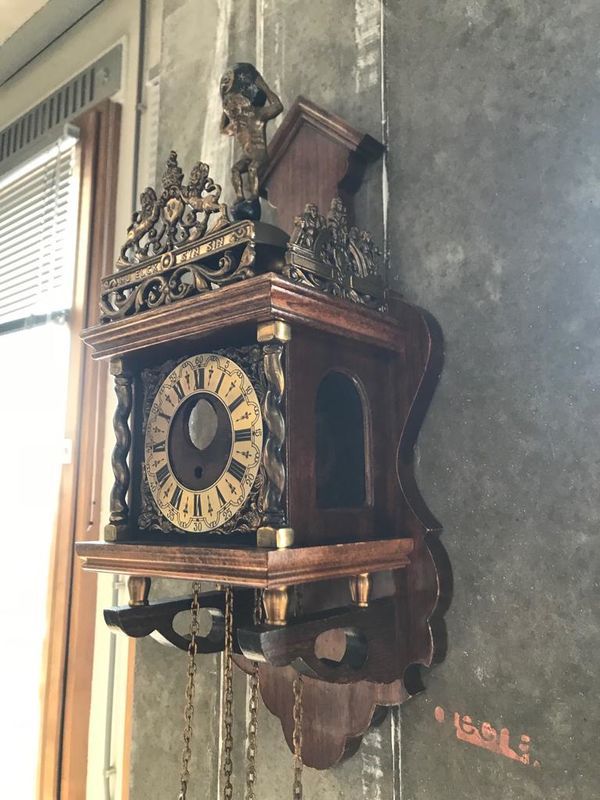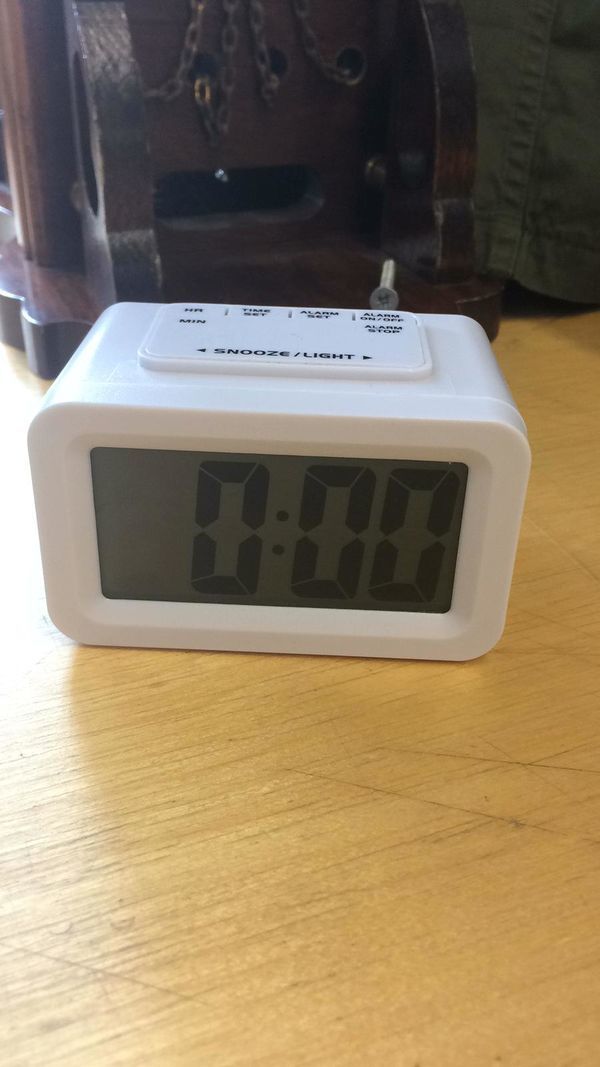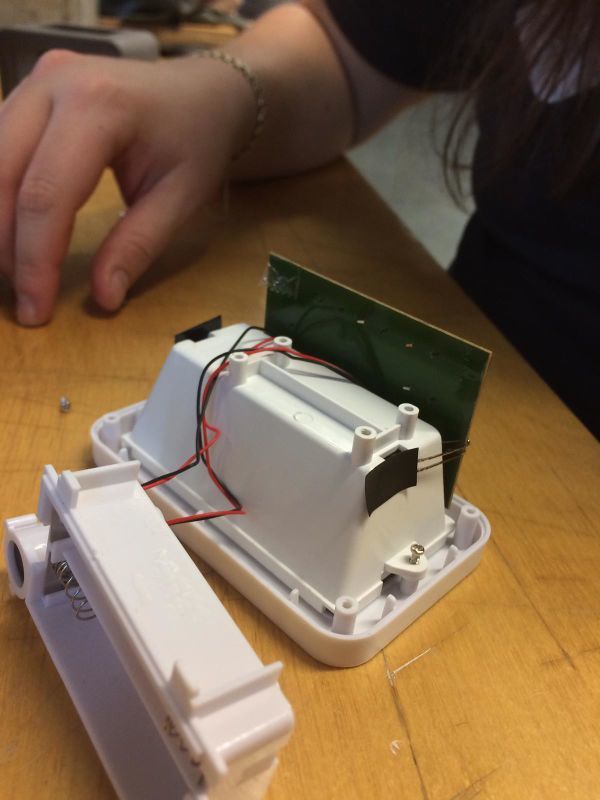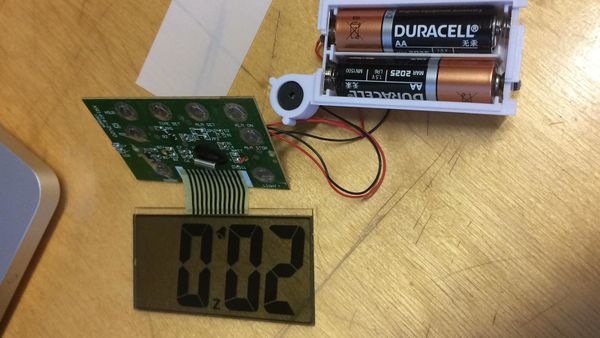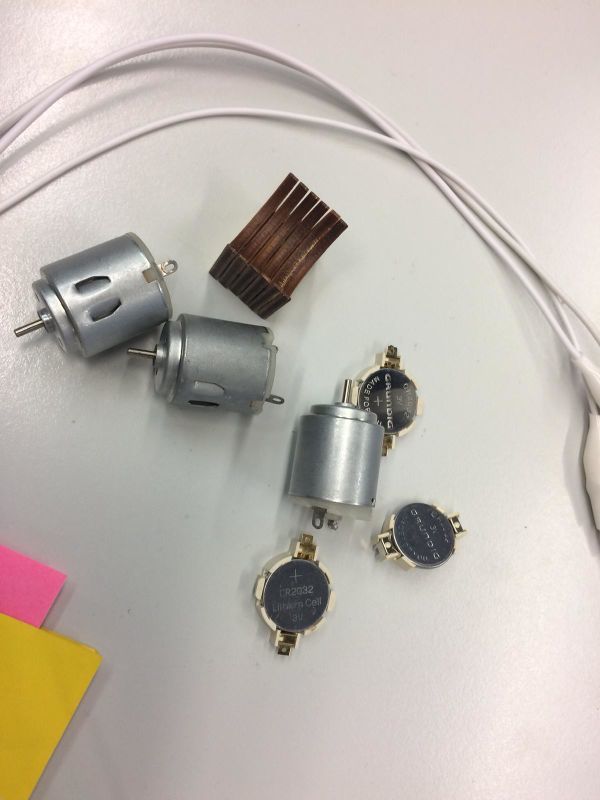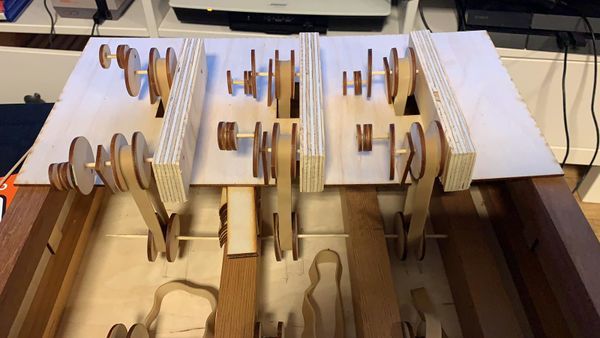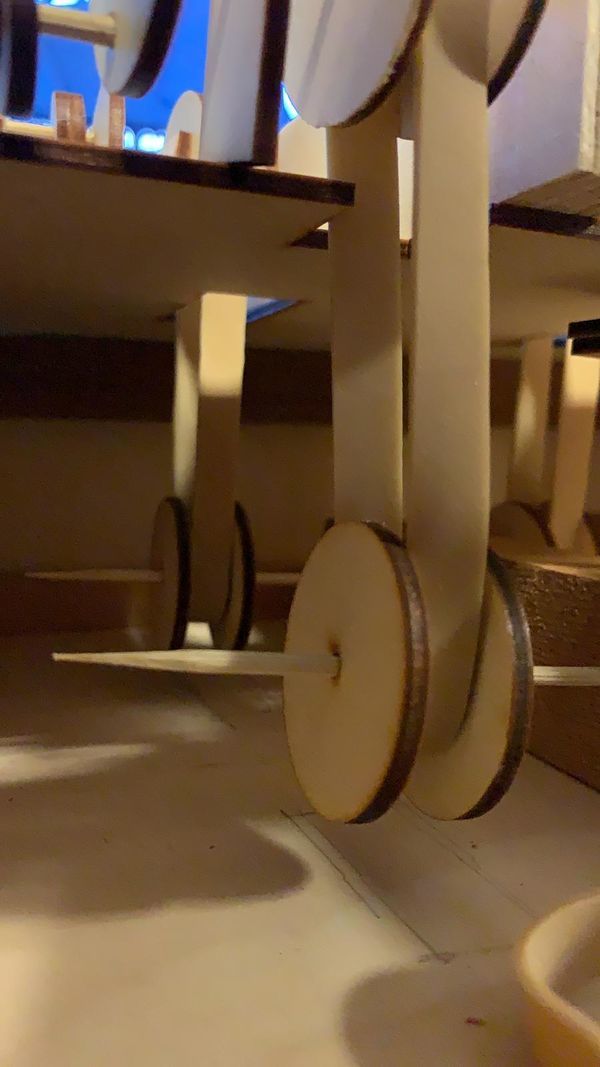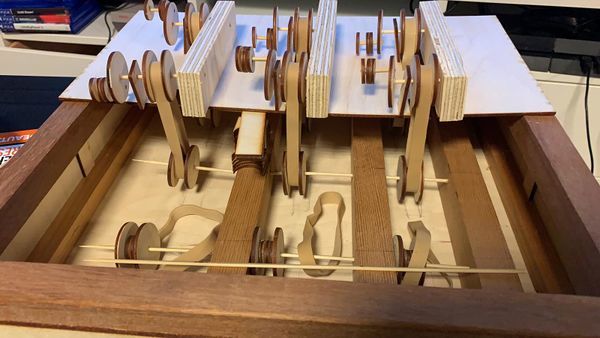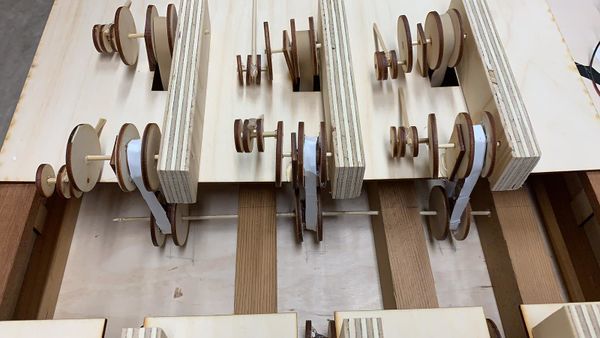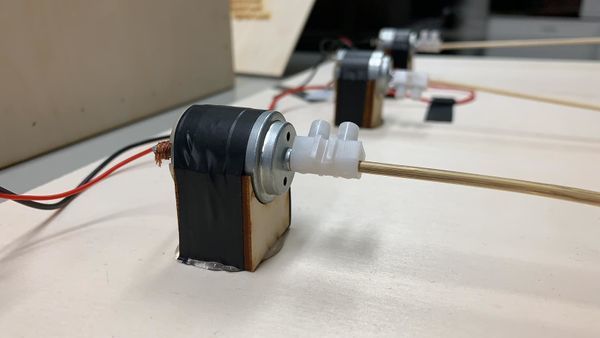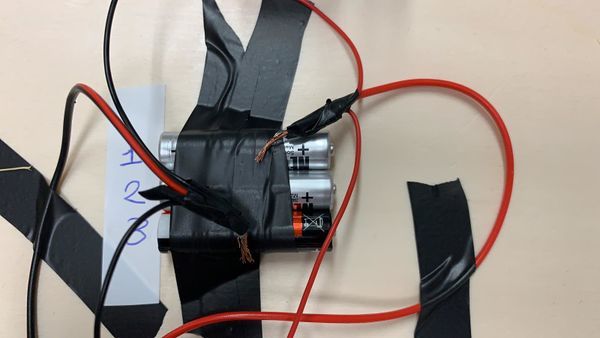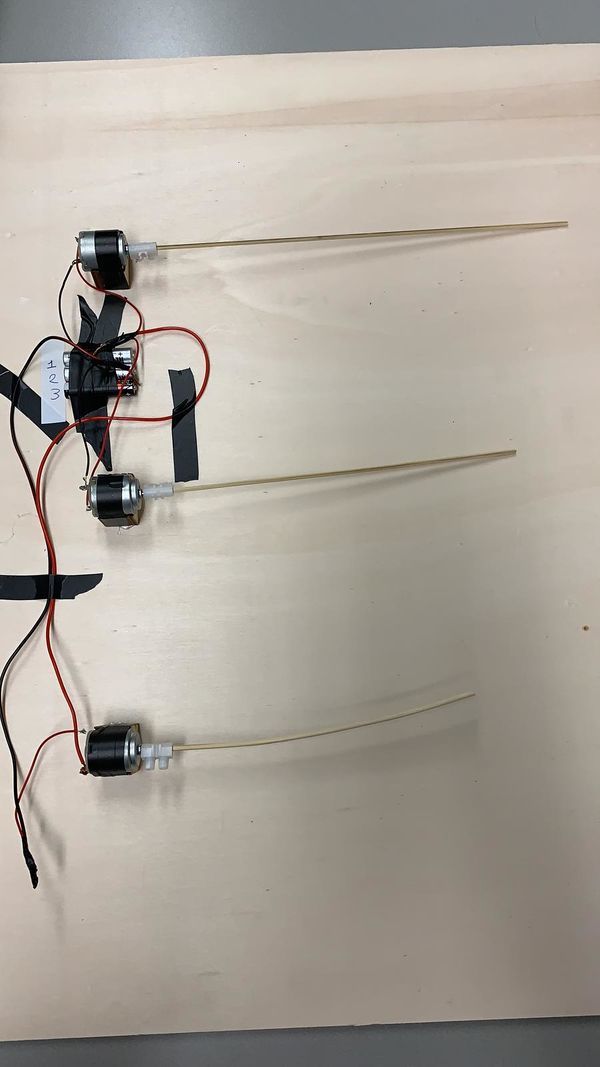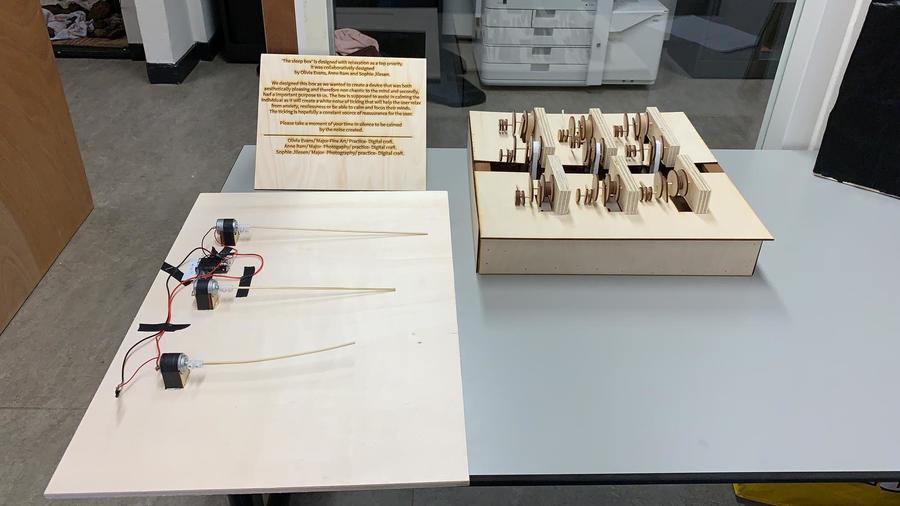Difference between revisions of "User:O.Evans.A.Ram"
| Line 281: | Line 281: | ||
[[File:WhatsApp Image 2018-12-10 at 15.12.44.jpeg|600px]] | [[File:WhatsApp Image 2018-12-10 at 15.12.44.jpeg|600px]] | ||
| − | [[File:WhatsApp Image 2018-12-10 at 12.27.44.jpeg | + | [[File:WhatsApp Image 2018-12-10 at 12.27.44.jpegC]] |
| + | |||
| + | Below are the photographs of the presentation set up including the sleep box that unfortunatley had a fault alongside the working changes we have made, in the upcoming future when we can work further on the Sleep box, we hope to completely fix the faults. Although it was frustrating with the sleep box not turning out as we had hoped for. The faults taught us valuable skills and lessons of how to overcome certain mechanical and electrical faults. | ||
| + | |||
| + | [[File:WhatsApp Image 2018-12-10 at 15.11.26.jpeg]] | ||
'''WRITTEN ASSIGNMENT//POSITION PAPER//''' | '''WRITTEN ASSIGNMENT//POSITION PAPER//''' | ||
[[File:Digital craft written assignment Olivia Evans.pdf]] | [[File:Digital craft written assignment Olivia Evans.pdf]] | ||
Revision as of 22:20, 10 December 2018
DIGITAL CRAFT// YEAR 3
PROJECT ONE// CRITICAL MAKING EXERCISE//
We were set the task to reimagine an existing technology or platform using the provided sets of cards, so we began by picking the following cards.
We created a dictionary of slang and memes, which we presented in class. We printed it into a booklet style and we inserted the document below that shows our work. The work was an interesting introduction to the practice of Digital craft.
PROJECT 2/ CYBERNETIC PROSTETHICS//THE SLEEP BOX//
We were set the task to ‘Design and make in 3D a new relationship between a living organism and a machine’.
RESEARCH//
We began by researching into cyborgs, and how machines can assist both nature and the human race in their daily lives. We were fascinated by this subject area and wanted to develop an machine that could improve our lives in a healthier way. Sleep is something that we are dependant on; we cannot function normally without it and sleep deprivation is a problem worldwide. A constant tick or white noise from a mechanism can assist people to drift asleep without the need for medication such as sleeping pills. Therefore, we decided to create a ‘sleep box’.
We were also inspired by rain, it is a relaxing noise, produced by nature, and we wanted to mimick that within our own machine. Our main priority is to create a machine that can be placed at the user´s bedside table and be able to help them soundly drift asleep.
An interesting Article from the BBC, delving into how nature and machine can become one.//
http://www.bbc.com/earth/story/20150703-can-nature-and-technology-be-friends[[1]]
Sourced from The BBC.
RESEARCH/ EXHIBTION VISIT//
We went together to visit the ‘De tuinen van Elspeth Diederix’ Exhibition being shown at the Stedelijk museum Scheidam. Diederix uses surreal images of nature in her work and we felt it was suited to our project task of ‘design and make in 3D a new relationship between a living organism and a machine’. We enjoyed the exhibtion and we felt inspired in our process as we are also incorporating nature- the sound of rain, within our work. I have included a few images of our experience at the exhibtion below.
SKETCHES//
Below are photographs of our initial sketches, we searched for help from the interaction station and the material station and made sure we planned out our measurements so they are precise in order for our plans to become a realisation.
PROTOTYPE//
We then made a cardboard prototype of our design to check it would work mechanically. Below are photographs and a GIF of our design in use.
TESTING OUR DESIGN//
It was successful so then we planned to create the cogs and design from laser cut wood, at a thickness of 3mm. We planned to add a AC motor with 1.5v batteries. We are aware at this point that the motor would turn the system very quickly, too quickly unfortunately; we decided we can develop slowing the system down by using Arduino software later on within the project.
We used illustrator to draw out the cogs and parts to assemble the device in wood; below are photographs of the measurements and rules we set and abided by for all 9 working mechanisms we plan to make within the ‘sleep box’.
We then used the laser cutter to precisely cut out our parts. Below are the photographs of the process.
Once completed we assembled them roughly to check our measurements were correct. We now knew that we were correct, so we completed the first mechanism, and plan to finish the other eight. Shown below are photographs of the first completed mechanism, both top and bottom parts of the cog system.
ASSEMBLY//
we then decided to design the other mechanisms on illustrator, and cut them out on one piece of wood measuring 600mm x 300mm and 3mm thick.
we then plan to assemble all cogs in preperation to add the motors, and outer box and box underneath to house the AC motors.
The images above show part of the assembly process for the cogs we used a hot glue gun to make sure the cogs were secure.
we then decided to move on and create the wooden box that the motors and lower sets of cogs would be housed within. Pictured below are examples of our designs on illustrator.
REFERENCE POINT//
We were given this artist as a reference during our feedback, perhaps we can use his work as an inspiration for the development of our sleep box.
https://nl.wikipedia.org/wiki/Jean_Tinguely [2]
INTERACTION STATION WORKSHOP WITH JAVIER//11-10/18//
We were given a workshop by Javier, a tutor in the interaction station. during the workshop we learned some skills in the Arduino software. We have included a GIF of of our results experimenting with sensors, motors and other electrical equipment.
PROJECT THREE//FROM DEVICES TO SYSTEMS//
For the third project we wanted to take apart a traditional analog wall cuckoo clock and compare it to that of a digital clock. We then tried to manipulate the motherboard in order to change the display of the LCD screen of the digital clock. We thought that it would be possible on Arduino as a few weeks prior to this we had learnt how to manipulate different systems; although it was not as easy as we had hoped. We continued to perservere but to no avail. The motherboard from the digital clock could not be programmed in such a way. Although it was interesting to see what was inside the device as we had hoped to change it into a new working system but instead we did learn vital skills from disassembling the digital clock. Therefore the third project from digital craft could not succeed. Although, it is not a negative thing to fail as we have learnt alot from our projects and now we can continue to focus on the final project.
PROJECT FOUR//CARTOGRAPHY OF COMPLEX SYSTEMS AND THE ANTHROPOCENE//
We wanted to focus on the development of Analog systems to digital systems such as the clock and how they have developed alongside advancements in technology.
we have compiled this information from secondary sourced websites, in order to give us a insight of how the change of analog clock sytems has developed into the popularity of using digital clocks.
What is analog technology?
People accept digital things easily enough, often by thinking of them as electronic, computerized, and perhaps not even worth trying to understand. But the concept of analog technology often seems more baffling—especially when people try to explain it in pages like this. So what's it all about?
What does analog actually mean?
If you have an analog watch, it tells the time with hands that sweep around a dial: the position of the hands is a measurement of the time. How much the hands move is directly related to what time it is. So if the hour hand sweeps across two segments of the dial, it's showing that twice as much time has elapsed compared to if it had moved only one segment. That sounds incredibly obvious, but it's much more subtle than it first seems. The point is that the hand's movements over the dial are a way of representing passing time. It's not the same thing as time itself: it's a representation or an analogy of time. The same is true when you measure something with a ruler. If you measure the length of your finger and mark it on the surface of a wooden ruler, that little strip of wood or plastic you're looking at (a small segment of the ruler) is the same length as your finger. It isn't your finger, of course—it's a representation of your finger: another analogy. That's really what the term analog means.
Analog measurements
Until computers started to dominate science and technology in the early decades of the 20th century, virtually every measuring instrument was analog. If you wanted to measure an electric current, you did it with a moving-coil meter that had a little pointer moving over a dial. The more the pointer moved up the dial, the higher the current in your circuit. The pointer was an analogy of the current. All kinds of other measuring devices worked in a similar way, from weighing machines and speedometers to sound-level meters and seismographs (earthquake-plotting machines).
However, analog technology isn't just about measuring things or using dials and pointers. When we say something is analog, we often simply mean that it's not digital: the job it does, or the information it handles, doesn't involve processing numbers electronically. An old-style film camera is sometimes referred to as example of analog technology. You capture an image on a piece of transparent plastic "film" coated with silver-based chemicals, which react to light. When the film is developed (chemically processed in a lab), it's used to print a representation of the scene you photographed. In other words, the picture you get is an analogy of the scene you wanted to record. The same is true of recording sounds with an old-fashioned cassette recorder. The recording you make is a collection of magnetized areas on a long reel of plastic tape. Together, they represent an analogy of the sounds you originally heard.
What is digital technology?
Digital is entirely different. Instead of storing words, pictures, and sounds as representations on things like plastic film or magnetic tape, we first convert the information into numbers (digits) and display or store the numbers instead.
Many scientific instruments now measure things digitally (automatically showing readings on LCD displays) instead of using analog pointers and dials. Thermometers, blood-pressure meters, multimeters (for measuring electric current and voltage), and bathroom scales are just a few of the common measuring devices that are now likely to give you an instant digital reading. Digital displays are generally quicker and easier to read than analog ones; whether they're more accurate depends on how the measurement is actually made and displayed.
All kinds of everyday technology also works using digital rather than analog technology. Cellphones, for example, transmit and receive calls by converting the sounds of a person's voice into numbers and then sending the numbers from one place to another in the form of radio waves. Used this way, digital technology has many advantages. It's easier to store information in digital form and it generally takes up less room. You'll need several shelves to store 400 vinyl, analog LP records, but with an MP3 player you can put the same amount of music in your pocket! Electronic book (ebook) readers are similar: typically, they can store a couple of thousand books—around 50 shelves worth—in a space smaller than a single paperback! Digital information is generally more secure: cellphone conversations are encrypted before transmission—something easy to do when information is in numeric form to begin with. You can also edit and play about with digital information very easily. Few of us are talented enough to redraw a picture by Rembrandt or Leonardo in a slightly different style. But anyone can edit a photo (in digital form) in a computer graphics program, which works by manipulating the numbers that represent the image rather than the image itself.
Which is better, analog or digital?
Photo: An early analog computer from 1949: machines like this represented numbers with analog dials, levers, belts, and gears rather than (digital) numbers stored in electronic memories. Picture courtesy of NASA on the Commons.
Photo of analog computer c.1949 by NASA
Just because digital technology has advantages, that doesn't mean it's always better than analog. An analog watch might be far more accurate than a digital one if it uses a high-precision movement (gears and springs) to measure time passing, and if it has a sweeping second hand it will represent the time more precisely than a digital watch whose display shows only hours and minutes. Surprisingly, analog watches can also keep time better than quartz ones: the day-to-day variations in a mechanical, analog watch tend to cancel one another out, while those in an electronic quartz watch tend to compound one another. Generally, the most expensive watches in the world are analog ones (of course, that's partly because people prefer the way they look), though the world's most accurate atomic clocks show time with digital displays.
One interesting question is whether information stored in digital form will last as long as analog information. Museums still have paper documents (and ones written on clay or stone) that are thousands of years old, but no-one has the first email or cellphone conversation. Open any book on the history of photography and you'll see reproductions of early photos taken by Niepce, Daguerre, and Fox-Talbot. But you won't see any pictures of the first digital photo: even though it was much more recent, probably no-one knows what it was or who took it! Lots of people own and cherish plastic LP records that are decades old, but no-one attaches the same importance to disposable MP3 music files. A lot of information recorded on early computer memory devices is completely impossible to read with newer computers; even floppy disks, commonplace as recently as the mid-1990s, are impossible to read on modern computers that no longer have built-in floppy drives.
That's why, though the future may be digital, analog technology will always have its place! SOURCED FROM// [3]
FINAL PROJECT//THE SLEEP BOX//
For the final project of Digital craft we decided to continue with ´The sleep box´ from our previous project. We really enjoyed the making process and experiments within the project and the concept behind it, being exploring the human minds reaction to white noise and being inspired by nature´s noise of rain to do so. It was important to us as white noise can calm anxiousness, or help the individual to focus.
TEXT FOR STAND ALONE PRESENTATION
Below is text explaining and giving insight into our project.
The sleep box is designed with relaxation as a top priority. It was collaboratively designed by Olivia Evans, Anne Ram and Sophie Jilesen. We designed this box as we wanted to create a device that was both aesthetically pleasing and therefore non chaotic to the mind and secondly, had a important purpose to us. The box is supposed to assist in calming the individual as it will create a white noise of ticking that will help the user relax from anxiety, restlessness or be able to calm and focus their minds. The ticking is hopefully a constant source of reassurance for the user.
Please take a moment of your time in silence to be calmed by the noise created.
We began to continue with the sleep box project by choosing to fix errors that occured in the early stages, such as the motors being to fast for the cogs, therefore we decided upon three motors, rather than six, in order to regulate the speed of the ticking nosie created and therefore have the desired calming effect.
we then altered the design that held the cogs in place to wooden blocks that are firmly fixed to the device which will add strength to the system.
We encountered some issues with the system as the cogs were not turning as smoothly as we had hoped for, therefore, we had to find a solution to the problems we were faced with. We feel that the problems are not negative, although they are sometimes frustrating they can actually assist in teaching us new skills of how to overcome technical or mechanical issues.
We decided that the original elastic bands we used were too thick, and taught to move smoothly, they fit the cogs perfectly but did not allow movement. The problem was that we could no longer easily remove the bands without possibily damaging the componements. We cut the bands and added electronic tape. Electronic tape is the ideal material as it can be cut to the desired length and wrapped around the cogs without disturbance, the tension can also be changed to the desired amount too.
We then tried to assemble it with the motors but we still encountered difficulties in the machine as it did not function as we had hoped for. We decided to try and use the motors with the other componements and equipment. We wanted to see if they had the desired noise we intended for the Sleep box.
it worked! Pictures of the documentation included below.
File:WhatsApp Image 2018-12-10 at 12.27.44.jpegC
Below are the photographs of the presentation set up including the sleep box that unfortunatley had a fault alongside the working changes we have made, in the upcoming future when we can work further on the Sleep box, we hope to completely fix the faults. Although it was frustrating with the sleep box not turning out as we had hoped for. The faults taught us valuable skills and lessons of how to overcome certain mechanical and electrical faults.
WRITTEN ASSIGNMENT//POSITION PAPER//
